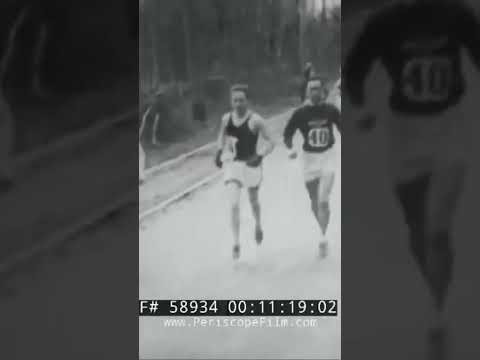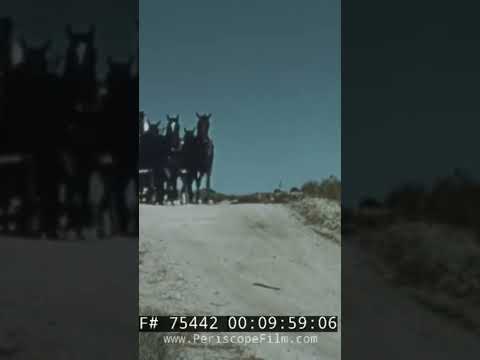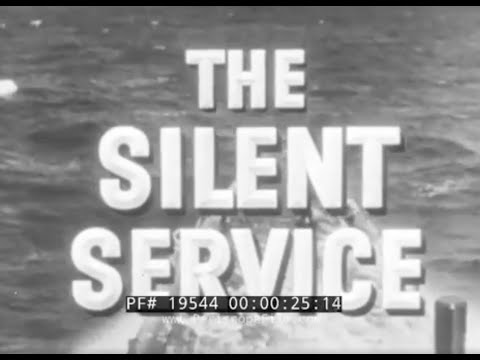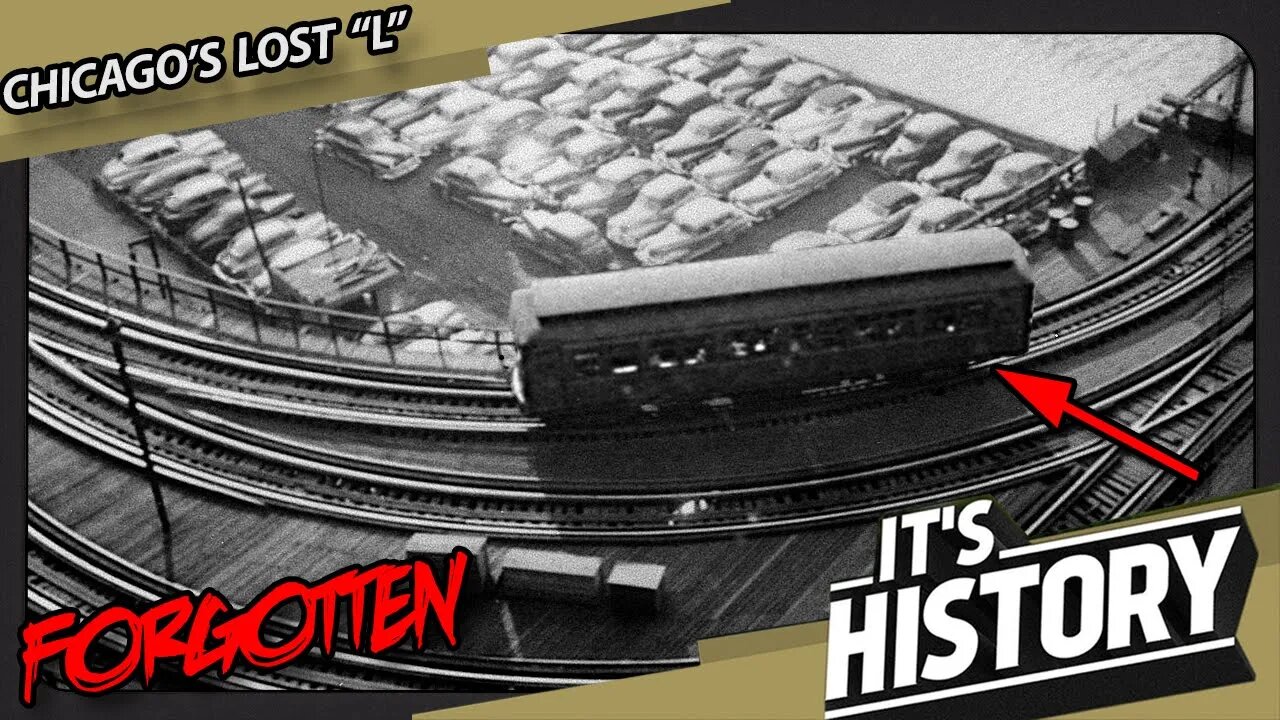SILENT SERVICE TV SHOW "THE NAUTILUS STORY" SUBMARINE RECONNAISSANCE MISSION TO TARAWA 19544
expand_moreDating back over 150 years, the "L" train lines have always been a fascination of Chicago, putting many lines into service throughout the 20th century. But as time marched on, more and more tracks were abandoned and torn down. Today, we'll explore some of these lines and look into why they were destroyed. This is the history of Chicago's "L" Train Lines.
IT’S HISTORY - Weekly tales of American Urban Decay as presented by your host Ryan Socash.
Chapters:
00:52 - The history of Chicago’s Public Transportations The OmniBus, Intercity Stagecoach, and steam train
02:25 - The History of Chicago’s Cable cars (“street railways)
03:27 - The Transport system during the Great Chicago Fire
4:52 - The introductions of Electric streetcars to Chicago
05:25 - The History of New Yorks Elevated train
06:01 - The History of The Southside rapid transit L.
06:56 - History of the Lake Street elevated railway.
07:47 - History of the MET West L
09:05 - The elevated North-Western Railroad
09:52 - History of the Chicago Loop
12:15 - The consolidation of Chicago’s elevated train lines
13:23 - The decline of the Chicago L
14:55 - History of the CTA
16:02 - Chicago’s Lost L lines
18:16 - History of the Congress Expressway
21:10 - The further downfall of the Chicago L
22:55 - What remains of Chicago’s L?
» CONTACT
KultAmerica@mediakraft.tv
https://www.instagram.com/ryansocash/
https://facebook.com/ryansocash
» CREDIT
Scriptwriter - Gregory Back
Editor - Rishi Mittal
Host - Ryan Socash
» SOURCES
https://www.chicago-l.org/history/
https://loopchicago.com/in-the-loop/then-and-now-a-brief-history-of-the-chicago-l/
https://interactive.wttw.com/chicago-by-l/sidetracks/history-l
https://www.theclio.com/entry/108720
https://chicagostudies.uchicago.edu/thel
https://americanhistory.si.edu/america-on-the-move/essays/chicago-transit-metropolis
http://www.encyclopedia.chicagohistory.org/pages/1023.html
http://www.encyclopedia.chicagohistory.org/pages/1042.html
http://www.encyclopedia.chicagohistory.org/pages/1207.html
http://www.encyclopedia.chicagohistory.org/pages/323.html
http://www.encyclopedia.chicagohistory.org/pages/1739.html
http://www.encyclopedia.chicagohistory.org/pages/1269.html
https://forgottenchicago.com/features/remnants-of-the-l/#:~:text=After%20the%20Chicago%20Transit%20Authority,some%20remnants%20still%20exist%20today.
artistmac: https://flic.kr/p/gkPBvf
Art davis: https://commons.wikimedia.org/wiki/File:Horse_drawn_trolley_car,_Wichita_City_Railway_Company.jpg
Jef Fisher: https://commons.wikimedia.org/wiki/File:Horse_drawn_streetcar,_Grand_Rapids_Public_Museum.jpg
Russ Nelson: https://flic.kr/p/iyoBWm
Nofng: https://commons.wikimedia.org/wiki/File:Portrait_of_Charles_Yerkes_by_Jan_Van_Beers.jpg
JeremyA: https://commons.wikimedia.org/wiki/File:CRT1268_20100626.jpg
Jameslwoodward: https://commons.wikimedia.org/wiki/File:CNSM_700.jpg
Zol87: https://commons.wikimedia.org/wiki/File:Skokie_(Dempster)_CTA_Station.jpg
J.Crocker: https://commons.wikimedia.org/wiki/File:2010-07-12_3000x2000_chicago_franklin_street_substation.jpg
uhi67: https://www.youtube.com/watch?v=4WXl-ke1xbM
Jeramey Jannene: https://commons.wikimedia.org/wiki/File:Belmont_cta_station.jpg
RollingNet: https://www.youtube.com/watch?v=dpXtglg6iu8
Nico Brussels: https://commons.wikimedia.org/wiki/File:Plan_Chicago_L.png
James St. John: https://flic.kr/p/B5LzCR
» NOTICE
Some images may be used for illustrative purposes only - always reflecting the accurate time frame and content. Events of factual error / mispronounced word/spelling mistakes - retractions will be published in this section.























